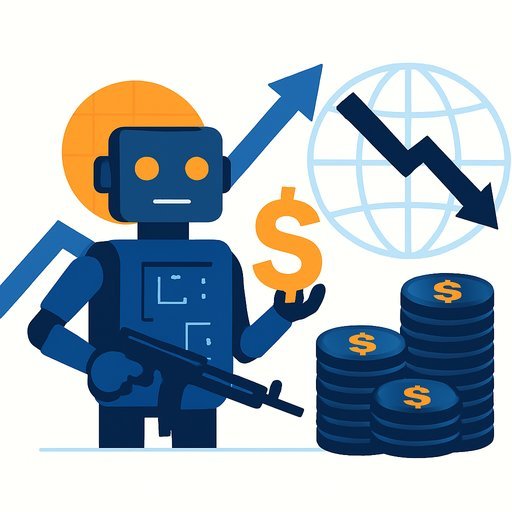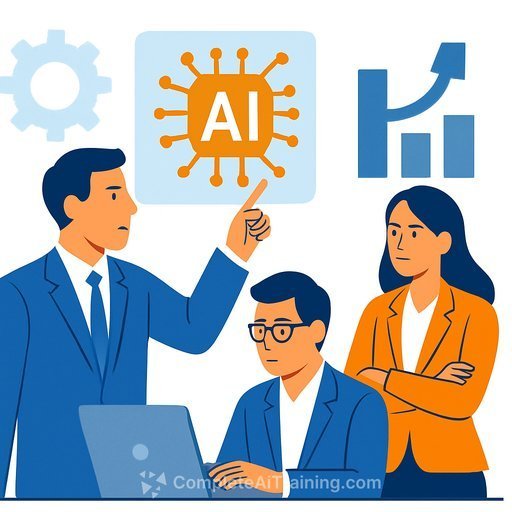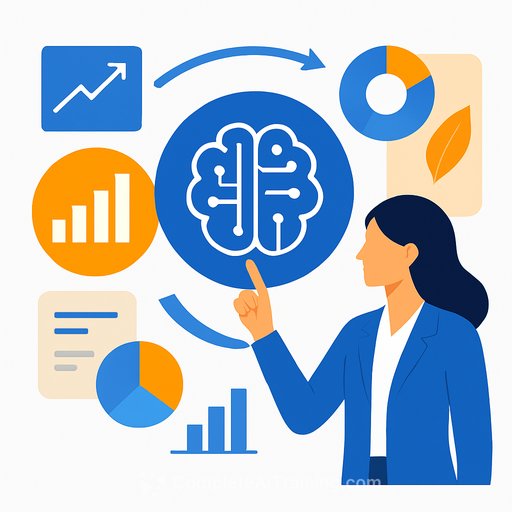Turn Optimization Into Action: LLMs That Make Plans Move
Optimization gives you the answer. What stalls is adoption. Plans die when planners can't explain them and executives can't trust them. The fix is translation-turning solver output into decisions anyone in the room can act on.
Key takeaways
- Communication is the missing link: advanced solvers fail if their output isn't readable, explainable, and trusted.
- LLMs act as translators: they convert raw results into role-aware insights-diagnostics for analysts, steps for planners, business cases for executives.
- Proven impact: a hardlines retailer used this approach to prevent a DC stockout and avoid about $394,000 in penalties and lost margin.
- Next step: company-specific AI copilots that refine explanations by user role and make analytics speak the language of business.
Why optimization plans stall
Companies spend heavily on math and then rebuild plans in spreadsheets. Planners want rationale, not just variable tables. Executives want a clean story and risk/return. If the plan can't be defended quickly, the window for action shuts.
The two-layer model: brain and voice
Keep the optimizer as the source of truth. Add a language layer as the source of meaning. The workflow starts with a plain-language question-"Which DCs are at risk next month, and what transfers avert it?"-mapped to model parameters.
The solver computes the plan. Then the LLM turns numbers into role-aware narratives.
- Analysts: binding constraints, SKU/DC flows, and sensitivities.
- Planners: "move X units in week Y via lane Z," with feasibility checks.
- Executives: service preserved, cost vs. penalty avoided, and alternatives if key assumptions change.
Crucially, the system explains why the plan works-supplier delays, demand lifts, and why specific SKUs/DCs were chosen. The engine is the brain; the language layer is the voice.
Case study: from shortage to stability
A national hardlines retailer faced 20-week offshore lead times. A Midwestern DC was set to dip below zero inventory, putting service and margin at risk. The optimizer recommended inter-DC transfers that held weeks of supply within targets.
The difference was the decision brief. It named the cause (a two-week supplier slip and an 8% demand bump), showed transfers from DC2-DC5 into DC1, and proved all nodes stayed above minimum targets. It quantified risk if DC3 couldn't supply and highlighted a front-load in week 33 to close a 294-unit gap.
Execution matched the brief. The DC stayed within safe bounds, inbound containers landed two weeks later, and confidence in analytics went up. Shadow spreadsheets disappeared. Leadership began asking for the "explainer view" in S&OP.
Under the hood (decision quality that scales)
- Objective: cost-service tradeoffs with penalties, transfer/handling, and feasibility guardrails.
- Constraints: lane capacity by cube/weight, lift/receive labor, item compatibility and temperature, and WOS floors for supplying DCs.
- Computation: Bayesian warm starts for speed; MIP solver for final, execution-ready precision.
- Grounding: the LLM pulls from verified model outputs and curated master data, uses company lexicon, and logs assumptions.
- Counterfactuals: when users ask "what if DC3 is offline?", the assistant updates assumptions and requests a re-solve-keeping every recommendation traceable.
Implementation playbook (start small, ship fast)
- Pick one high-value use case: inter-DC transfers to prevent stockouts.
- Define role views: analyst (constraints and flows), planner (moves by week/lane), executive (risk, ROI, alternatives).
- Instrument data: SKUs, DC policies, lane capacities, penalties, service targets; lock a glossary for consistent terms.
- Connect the stack: prompt schema → agent → optimizer → explainer outputs (narratives, tables, charts).
- Governance: ground responses on solver output; show assumptions; require one-click tracebacks for audits.
- Pilots and guardrails: red-team explanations for clarity and bias; set approval thresholds for cost and service.
- Scale: templatize briefs, add more scenarios (supplier slips, DC outages), and automate data refresh.
What to measure
- Service: stockouts averted, OTIF continuity, weeks-of-supply stability.
- Value: penalties and lost margin avoided vs. transfer/handling cost.
- Adoption: time-to-approval, planner override rate, and variance vs. executed plan.
- Quality: explanation clarity scores by role, number of re-solves from user "what ifs."
Risks and guardrails
- Hallucination risk: restrict the LLM to grounded facts; show citations to model artifacts.
- Security: run private models, obfuscate PII, and log access.
- Over-automation: keep human approval on cost and service thresholds; the LLM explains, the optimizer computes, humans decide.
What's next
Private, fine-tuned models will learn your company's dialect and metrics. Transfer learning will make the explainer fluent in terms like WOS and OTIF. Reinforcement learning will shape which narratives persuade which stakeholders. Optimization provides the what; explanation provides the why. The outcome is both financial and cultural: fewer stockouts, stronger margins, and analytics that people actually use.
FAQ
- What problem does this approach solve?
It closes the communication gap between complex models and the people who must act on the results. - How do LLMs complement optimization engines?
They interpret outputs and present them as role-aware narratives with clear actions and tradeoffs. - What were the outcomes for the retailer?
Stockouts avoided, service stabilized, and roughly $394,000 in penalties and lost margin avoided-while restoring trust in analytics. - How will this evolve?
Company-specific copilots that protect data, adapt explanations by role, and learn which briefs drive faster, better decisions.
Resources
Your membership also unlocks:






